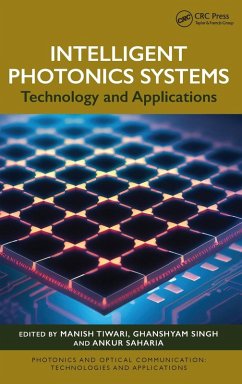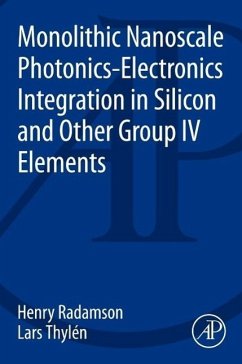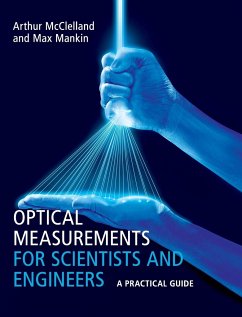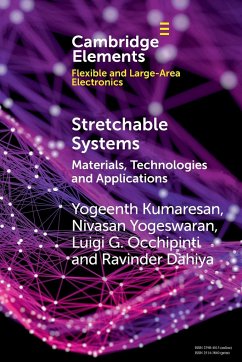
Silicon Photonics Design
Versandkostenfrei!
Versandfertig in 1-2 Wochen
171,99 €
inkl. MwSt.
Weitere Ausgaben:

PAYBACK Punkte
86 °P sammeln!
This hands-on introduction to silicon photonics engineering equips students with everything they need to begin creating foundry-ready designs.














